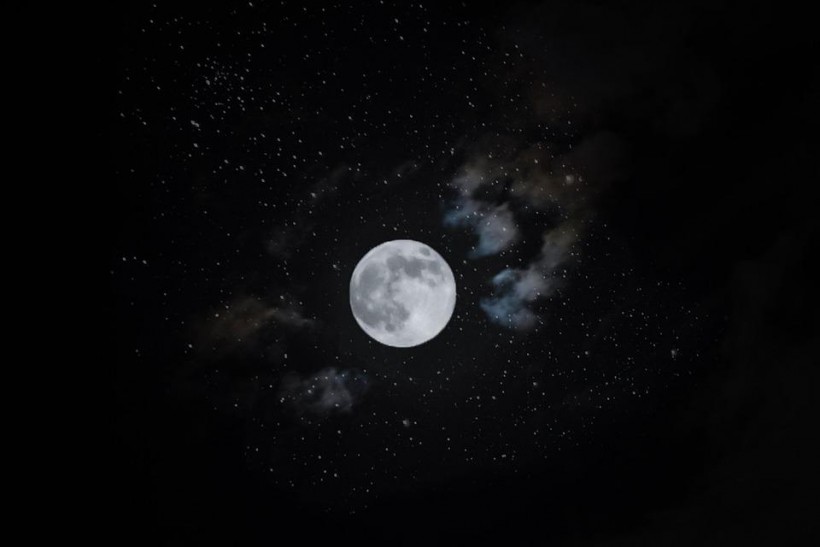The Buck Supermoon, also known as the Thunder Moon, Hay Moon, and Mead Moon, will be this year's largest supermoon ever to grace our skies!
This forthcoming space spectacle is undoubtedly one that you should witness because it's possibly the best moon you can view this year.
On July 13, the moon will be visible in the night sky. At 2:38 PM EDT on Wednesday, it will reach its peak.

How to Watch The Buck Moon
You can see the Buck Moon all night long if the weather is clear. It is visible with the naked eyes, but you can also explore its craters using binoculars or a handheld telescope.
Additionally, downloading an app like Sky Tonight will be a smart option if you want to know the precise time and characteristics of the Full Moon for your region since the supermoon makes for a spectacular photograph!
There are also free apps that let you set up the composition by displaying how the moon disk will appear in a certain place. In order to capture the moon as sharply as possible when using a smartphone, make sure the exposure length is between 10 and 30 seconds and switch your camera to night mode for a better image!
According to experts, supermoons are typically 14 percent larger than regular full moons. They are estimated to be around 30% brighter in the emitted light.
But given that the supermoon on July 13 will be the biggest yet, these figures are likely to be higher. Given this, you are not required to use a DSLR or other sophisticated camera equipment to snap pictures. Your smartphone will be enough!
Read also: Biggest Supermoon 2022: How To View It and Best Tricks To Make Your Moon Photos Instagrammable
What The Supermoons Mean In Various Traditions
Native American names for full moons first appeared in The Maine Farmer's Almanac in the 1930s. The upcoming supermoon was named "Buck" by the Algonquin tribes, which is currently the northeastern United States, according to the Almanac.
The new antlers of buck deer often grow out of their foreheads in velvety fur coats in the early summer. They also referred to this moon as the Thunder Moon due to the frequent thunderstorms in the summer, according to SciTechDaily.
Due to the haymaking in June and July, the Europeans called this the Hay Moon and occasionally the Mead Moon. SciTechDaily noted that Mead is made by allowing honey and water to ferment.
Meanwhile, it is also called The Guru Full Moon since it is observed by Hindus, Buddhists, and Jains as a time to meditate and pay respect to the guru or spiritual leader.
This full moon is honored by Theravada Buddhists as Asalha Puja, also known as Dharma Day or Esala Poya, a significant festival commemorating the Buddha's first sermon.
This space spectacle also marks the beginning of the three-month yearly Buddhist retreat known as Vassa, which begins on the full moon day of Waso.
Related Article: [PHOTOS] Stunning Super Worm Moon Wows Netizens; How Does This Supermoon Affect the World?
This article is owned by Tech Times
Written by Joaquin Victor Tacla





